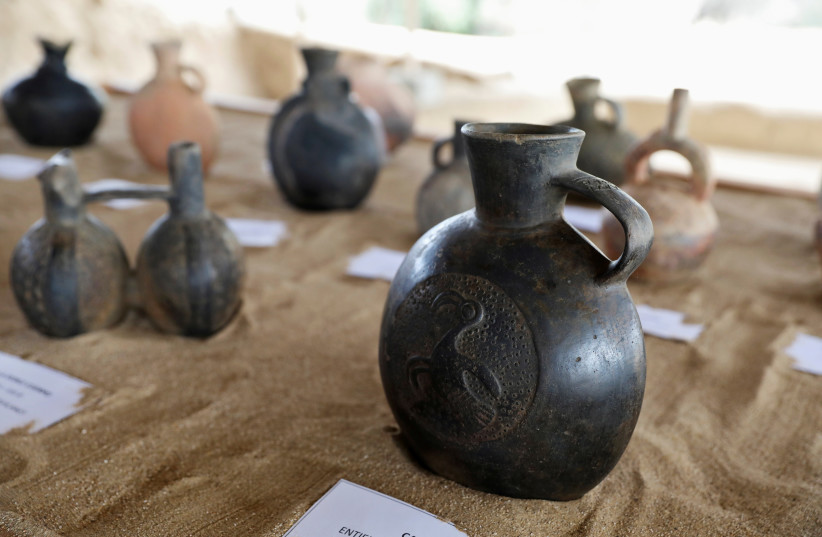Across the Wari empire, pottery is found with the same black pigment used in rituals, according to a peer-reviewed study published in the Journal of Archaeological Science: Reports.
The Wari empire existed in parts of Peru from 600 CE until 1050 CE, pre-dating the Inka.
Previous studies have suggested that the empire used an alcoholic substance, brewed from a molle tree, to cement control over its citizens. It is believed that hallucinogens were also used at communal feasts, according to Heritage Daily. Some Spanish explorers reported demonic visitations and witchcraft in Peru, which may have been the result of these drugs.
The study
“Since they didn’t use writing, material culture — things like pottery — would have been an important means for conveying social and political messages,” says Muro Ynoñán, the study’s corresponding author and a research associate and former postdoctoral scientist at the Field Museum in Chicago. “The visual impact of these objects would have been super powerful.”
The black pigment, while made from different depending on location, all contain mangase.

“Some of the sites, specifically in northern Peru, used a different recipe for black, using iron- and calcium-rich minerals, before the Wari arrived, but after the Wari took over, they switched to the manganese-based recipes,” explained Ynoñán.
Ynoñán also said that people switched to this manganese-based recipe upon joining the Wari empire. This might have suggested some kind of quality control over pottery and has made it easier for researchers to measure Wari influence.
Ynoñán suggested that the potteries’ "color black is related to the ancestors, to the night, to the passage of time. In Wari times, the color was likely important for imposing a specific Wari ideology to the communities they conquered.”
